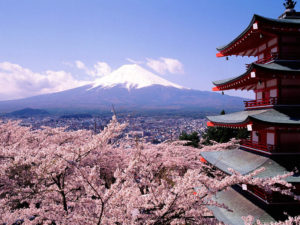Japanese starting debate around migration
With a rapidly ageing population and an economy stuck in neutral, Japan is having to kick start a national conversation about migrants and refugees for the first time in its history.
Traditionally an insular society wary of foreigners and protective of its centuries-old culture, traditions and language, Japan has not typically been welcoming of foreigners. 
But a surge in applications for refugee status in Japan saw some 10,830 applicants left waiting for results as of the end of June last year, according to figures released by the Justice Ministry.
This statistic is likely to fuel calls for Japan to reform its system for dealing with refugees and migrants amid criticism of both lengthy processing times and the extremely small proportion of applicants ultimately granted asylum.
According to government figures 4,590 people were waiting for the results of their applications, while a further 6,240 were awaiting the outcomes of appeals they had filed after initially being rejected.
Fewer than 3,000 people were waiting for processing in 2010, when about 1,200 new applications were filed.
The number of applicants has swelled with each passing year, hitting a record 7,586 people last year, mainly from Nepal, Indonesia, Turkey and Myanmar.
The average processing time for initial applications has sped up from nearly 14 months in 2010 to just over eight months in the first half of last year.
But appeals following rejected applications have become more time-consuming, with processing times stretching from one year and eight months on average in 2010 to two years and five months in the first half of 2015.
Most of the applicants were awaiting results from the Tokyo, Nagoya and Osaka regional immigration bureaus, the ministry said.
Despite the surge in applications, just 27 people, or 0.4 per cent of applicants, were granted asylum last year, prompting calls from refugee advocates for a sweeping reform of the system.
The government y blamed the backlog on a rising trend of people seeking to use refugee status to find work in Japan. A 2010 reform allows asylum seekers to work in the country once their applications have been under consideration for longer than six months.
All foreigners, including foreign residents, get fingerprinted and photographed upon entering Japan as a measure aimed at preventing terrorism. Excluded from this procedure are minors and a few special groups, such as diplomats and visiting dignitaries.
All foreigners receive a status of residence when entering Japan. There are more than twenty statuses of residence, including “temporary visitor” for tourists, and a range of statuses for students, workers and relatives of Japanese nationals and residents.
Gabrielle Chen
AMES Australia Staff Writer












